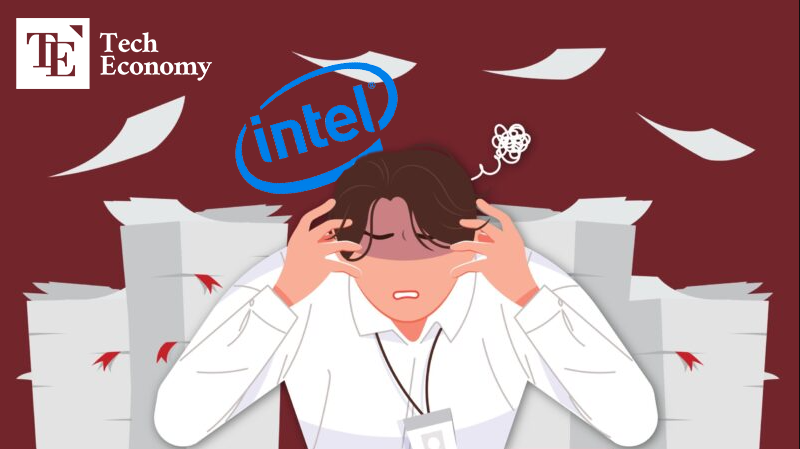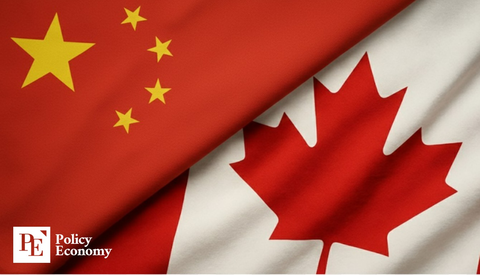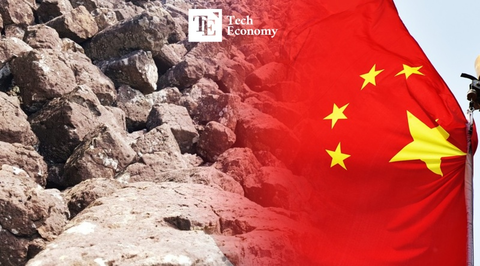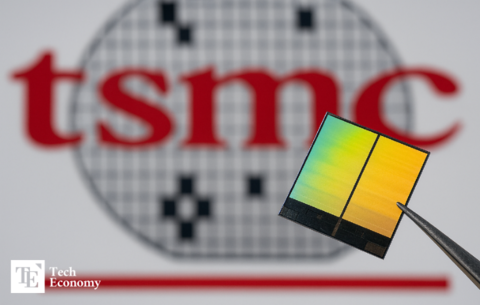Intel in Crisis: Layoffs, Downsizing, and Delays as Chip Giant Struggles to Reboot
Input
Modified
Intel will cut 15% of its workforce after a dismal Q2 2025 performance. Total headcount is expected to shrink by nearly a quarter by year-end. Flagship Ohio factory faces years-long construction delays amid financial strain.
Intel was once synonymous with American innovation, a bellwether of technological progress and silicon dominance. But in 2025, the company is fighting to stay relevant amid fierce competition, financial setbacks, and internal upheaval. In just a matter of months, Intel has shifted from ambitious expansion to survival mode, slashing jobs, scaling back investments, and pushing back its flagship U.S. manufacturing project. What was once a confident roadmap to the future has become a painful detour through restructuring and reckoning.

A Tech Titan on Shaky Ground
In a dramatic sign of upheaval at one of America’s most storied technology companies, Intel has announced it will lay off 15% of its global workforce, following a bruising second-quarter earnings report. The move, part of a sweeping restructuring strategy under CEO Lip-Bu Tan, comes as the company posted a USD 2.9 billion net loss and warned of sustained challenges ahead.
This 15% cut, amounting to nearly 24,000 jobs, marks one of the largest in Intel’s history. Executives say the downsizing is essential to streamline operations and redirect investment toward artificial intelligence and next-generation semiconductors. In a memo to employees, Tan emphasized the urgency of Intel’s transition from “a legacy manufacturer to a next-generation innovator.”
Investors responded with cautious optimism, encouraged by Intel’s projected USD 17 billion in cost savings by year-end. But for many inside the company, the layoffs signal deeper structural fractures and a departure from the decades-long stability that once defined the chip giant.
Workforce Reboot: Cutting Deep and Fast
The layoffs are only part of a larger retrenchment. According to CRN, Intel expects its core headcount to decrease from approximately 108,900 employees at the end of 2024 to just 75,000 by the end of 2025, resulting in a nearly 31% reduction due to layoffs, attrition, and reorganization.
This unprecedented workforce contraction reflects Intel’s broader pivot. Company leaders are shedding middle management layers, narrowing their focus on chip design, and doubling down on high-performing technical roles. The Foundry Services division, once hailed as a future pillar of Intel’s diversification, is now viewed as a liability due to mounting losses, accelerating the urgency to trim costs.

Ohio Delay Signals Broader Retrenchment
Further complicating the picture is Intel’s decision to delay its marquee manufacturing project in the U.S., a massive USD 28 billion semiconductor complex in New Albany, Ohio. Branded “Ohio One,” the plant was expected to jumpstart domestic chip manufacturing and restore Intel’s global edge. Now, that vision is on hold.
According to 10TV and local reports, construction timelines have slipped dramatically. Originally projected to go online in 2025, the facility’s first fab won’t be operational until at least 2030, with the second potentially delayed to 2031 or later. The decision stems from Intel’s revised capital discipline strategy, which matches long-term infrastructure with actual market demand, rather than speculative scale.
The delay also puts pressure on political stakeholders. The Ohio plant had attracted significant support from the federal and state governments as part of the CHIPS Act, which aims to revitalize U.S. semiconductor manufacturing. With timelines pushed back half a decade or more, public confidence in Intel’s ability to deliver both technologically and strategically is beginning to waver.
As Intel battles cost overruns, sheds tens of thousands of jobs, and postpones a key domestic investment, the picture that emerges is not just one of a company in transition, but one in deep crisis. Whether these aggressive measures yield the turnaround leadership envisions remains to be seen. What’s clear is that the path forward will be slower, leaner, and far more uncertain than ever before.





















